Description
Asparagus Seedlings
Asparagus seedlings produce asparagus which is one of the most sought-after vegetables. Its subtle flavor offers a real treat during the short time it’s in season.
It is surprisingly easy to grow, thriving in well-drained soil or raised beds, as long as it’s kept well fed and weed-free.
Resist the temptation to harvest newly planted asparagus for the first two years, to let it get well established.
To harvest, select individual spears about 18cm (7in) tall and cut them 2.5cm (1in) below the soil surface using a sharp knife.
Growing asparagus seedlings
To grow well, asparagus plants should be fed well and kept weed-free.
Keep the asparagus bed weed-free, weeding regularly by hand rather than using a hoe, as the shallow roots are easily damaged.
Asparagus plants are either male or female. Male plants produce more and better spears, so many modern cultivars are all male. If any female plants do appear, they will be noticeable because they produce orange-red berries.
If you’re growing an all-male cultivar, remove any female plants, as well as any seedlings that appear.
During summer, asparagus plants grow tall and feathery. To avoid the top-growth breaking in windy weather and damaging the crown, support plants use stakes and garden twine to make a ‘fence’ on either side of the row.
Problems
Slugs and snails: These feed on the young seedlings and you’ll see the tell-tale slime trail on the soil around your crop, as well as on the leaves.
Asparagus beetle: Adult beetles and their larvae strip the outer bark and leaves from the stem. Damaged areas become yellow-brown and desiccated.
Frost damage: Late frosts can damage growth, leading to it dying or being distorted.
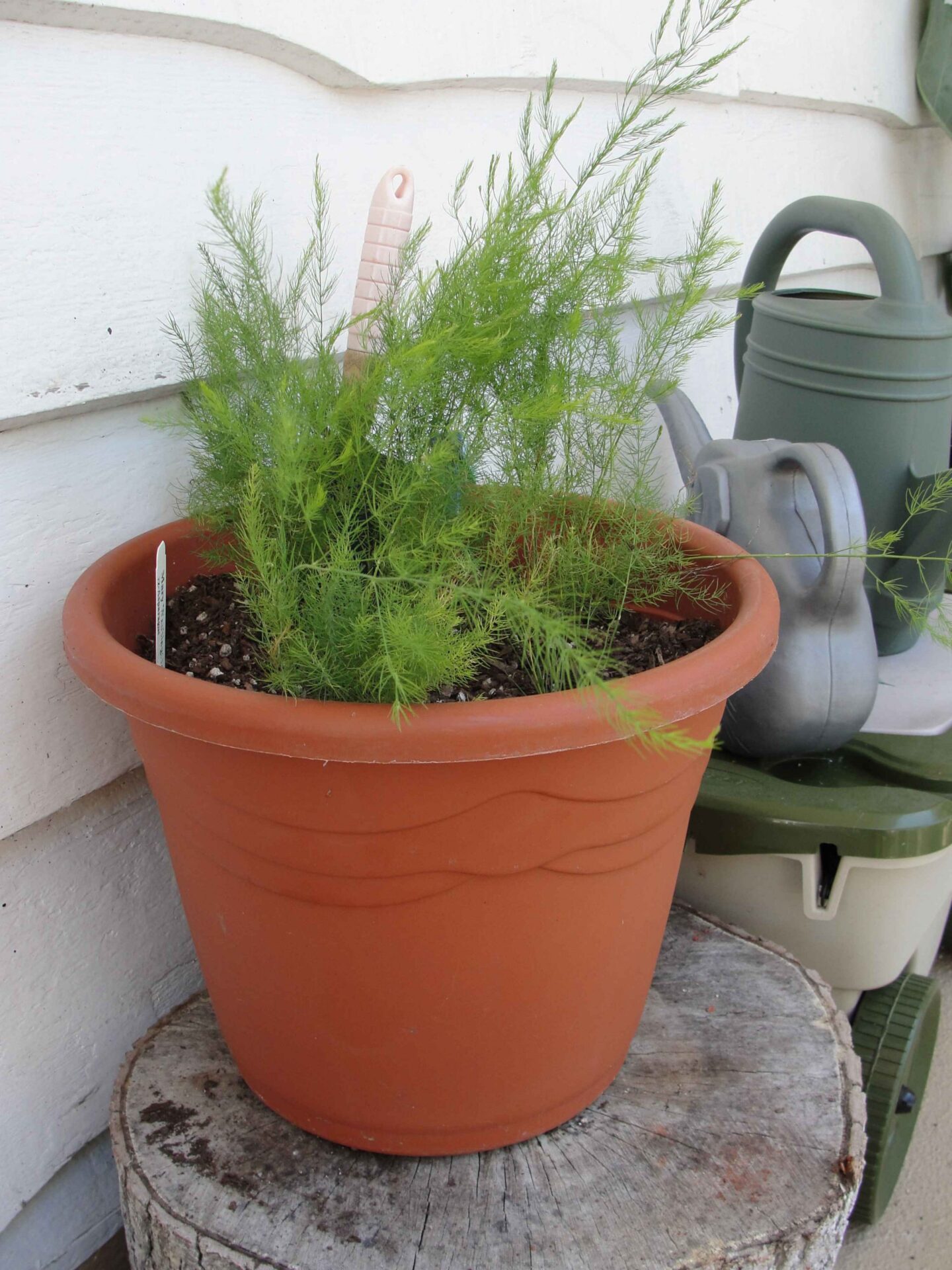
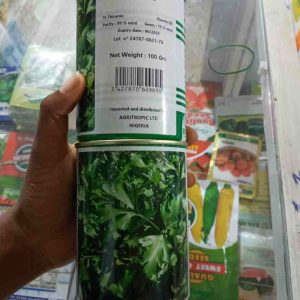

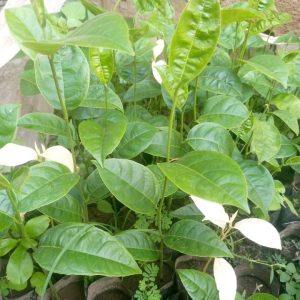
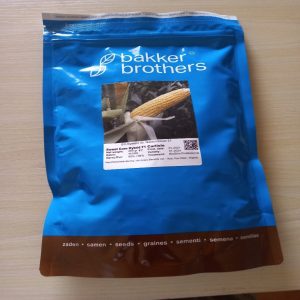
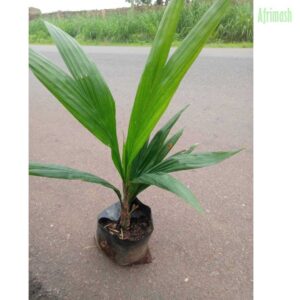
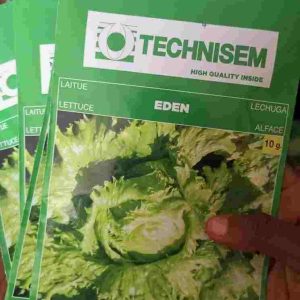
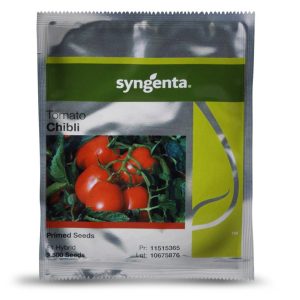
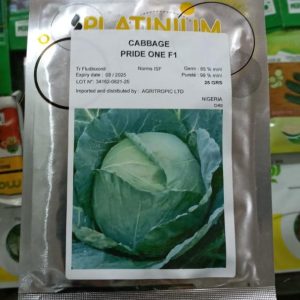
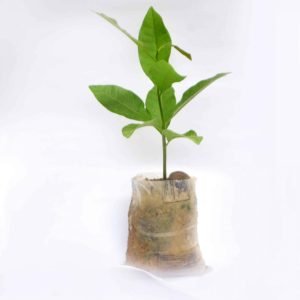
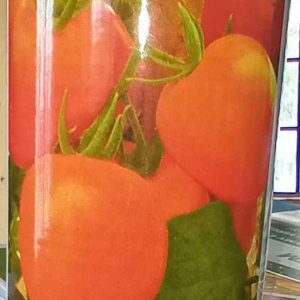




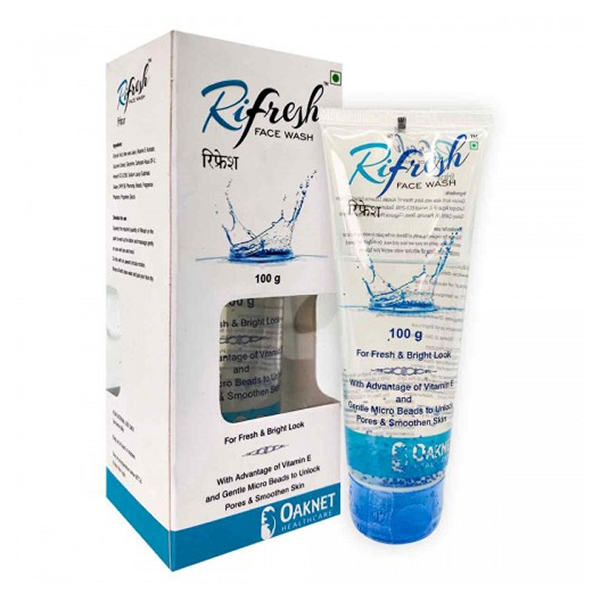
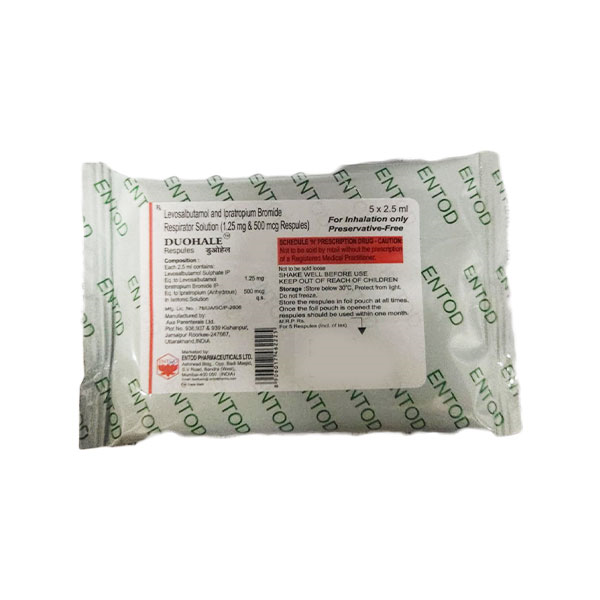

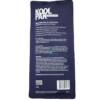





Reviews
There are no reviews yet.